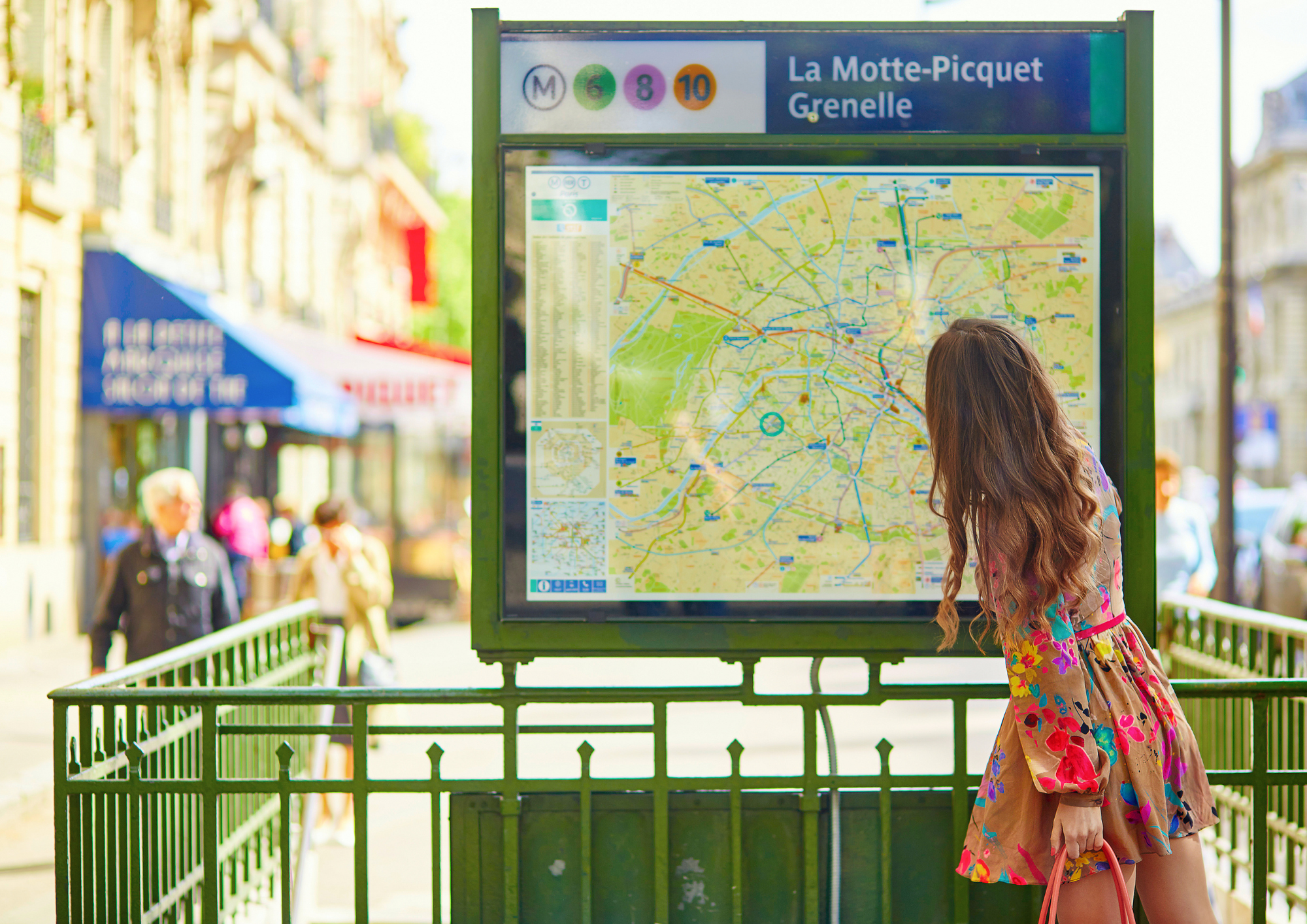France boasts one of the most efficient and comprehensive transportation systems in Europe, offering various ways to travel within the capital, Île-de-France, and across the country. Whether you're navigating the busy streets of Paris or planning a trip to the French countryside, understanding the transport options available can make your journey smoother and more enjoyable.
Public Transport in Île-de-France (Paris Region)
The Île-de-France region, with Paris at its heart, is well-served by an extensive and integrated public transportation network that makes it easy to get around the city and its suburbs. Here are the primary modes of public transport in Paris:
- Métro (Subway): The Paris Métro is one of the fastest and most convenient ways to travel within the city. With 16 lines that cover the city and some neighboring suburbs, the Métro operates from early morning until around midnight. It is efficient for short trips and frequent travel between key locations in Paris.
- RER (Réseau Express Régional): The RER is a rapid transit system that connects Paris to its outer suburbs and regions in Île-de-France. The RER is faster than the Métro for longer distances and is ideal for reaching destinations like Versailles, Disneyland Paris, or Charles de Gaulle Airport.
- Bus: Paris has an extensive bus network that covers areas not served by the Métro or RER. Buses are a great option for reaching places outside the city center, or for short trips. They also provide scenic views of the city during your travels.
- Tram: The Paris tram system is mainly located in the outer suburbs but can be useful for local travel in some areas of Paris.
- Velib' (Bike Share): Paris is known for being bike-friendly. Velib’ is a public bike-sharing system with stations all around the city, ideal for tourists and residents alike looking to explore Paris at their own pace.
- Taxis and Ride-Sharing (Uber, Bolt, etc.): For a more direct, although more expensive, travel option, taxis and ride-sharing apps are available throughout Paris.
Tickets and Passes for Public Transport in Île-de-France
- Single Tickets (Ticket t+): A single ticket allows you to travel on the Métro, bus, RER within Paris, and trams. You can purchase them at ticket machines in stations or via mobile apps.
- Navigo Pass: For frequent travelers, the Navigo pass is a great option. It offers unlimited travel for a set period (weekly, monthly) across the entire Île-de-France region, including the Métro, RER, buses, trams, and some suburban trains.
- Paris Visite Pass: This pass is perfect for tourists. It gives you unlimited travel on the Métro, buses, RER, and trams within a selected area of Paris, plus discounts at various museums and attractions.
Travelling Around France
France's transport network makes it easy to explore beyond Paris and Île-de-France. Here are the main travel options:
- Train Travel (SNCF): France has a high-speed train network operated by SNCF (Société Nationale des Chemins de fer Français). The TGV (Train à Grande Vitesse) connects major cities in France, such as Paris, Marseille, Lyon, and Bordeaux, with journey times as quick as 2 hours. Regional trains (TER) also serve smaller cities and rural areas. Tickets can be purchased at stations, online, or via mobile apps, with discounts available for early bookings and for young travelers.
- Intercity Buses: For a more budget-friendly option, long-distance buses (such as FlixBus, BlaBlaBus) provide extensive routes throughout France. While bus travel takes longer than trains, it offers cheaper alternatives, especially for young people or families.
- Domestic Flights: For longer journeys, flights within France are quite common, particularly from Paris to cities like Nice, Toulouse, or Lille. Low-cost carriers like EasyJet and Air France provide frequent services to various regional airports.
- Car Travel: Renting a car is a great way to explore France, particularly the countryside, coastal regions, or areas with limited public transport. Major car rental agencies have offices in most cities and airports. Be prepared for parking fees and navigating sometimes narrow or busy streets in major cities.
- Bicycles and Walking: France is increasingly becoming more bike-friendly, especially in cities like Lyon, Bordeaux, and Nantes, where bike-sharing programs are widely available. Walking is also an enjoyable way to explore many French cities, especially smaller towns or historic areas.
Key Travel Tips
- Plan Your Route: Use apps like Citymapper, Google Maps, or the RATP app for real-time public transport information and route planning in Paris and across France.
- Travel Cards and Discounts: If you're planning on staying in France for an extended period, consider getting a discount card such as the Carte Jeune (for young people) or the Carte Senior (for older travelers). These cards offer discounts on train tickets, museums, and more.
- Stay Informed: French transport networks sometimes undergo maintenance or strikes, especially during peak tourist seasons. It’s always a good idea to check for any disruptions before you travel.
- Language: While most public transport staff in France speak some level of English, it can be helpful to learn basic French travel phrases like "Où est la station de métro?" (Where is the metro station?) or "Un billet, s'il vous plaît" (One ticket, please).
Conclusion
The French transport system is one of the best ways to explore the country, whether you're visiting Paris, traveling across the Île-de-France region, or heading to the beautiful countryside. From fast trains to easy metro rides, there’s a mode of transport to suit every traveler. Understanding how the system works, and what passes or tickets are best for you, will make your trip to France stress-free and enjoyable.
